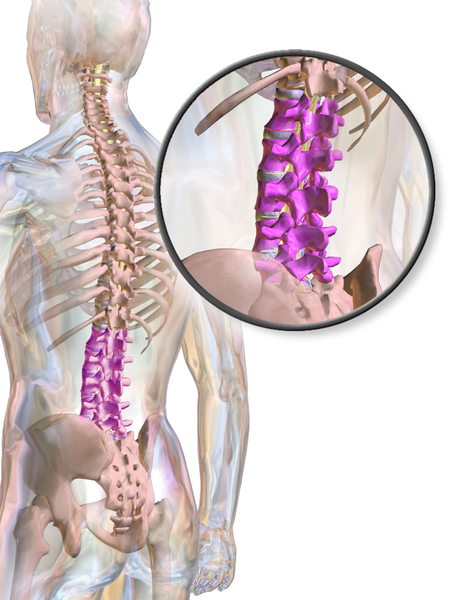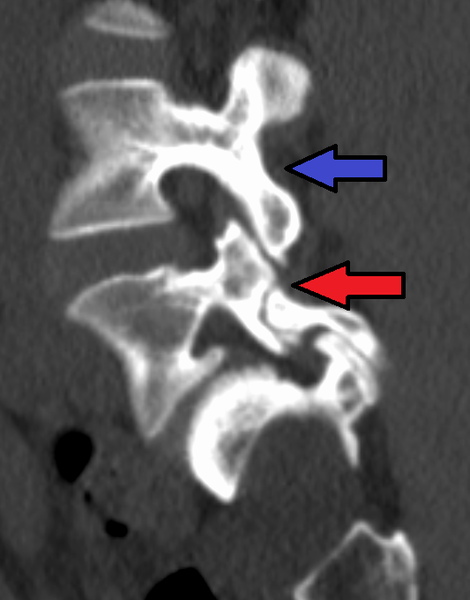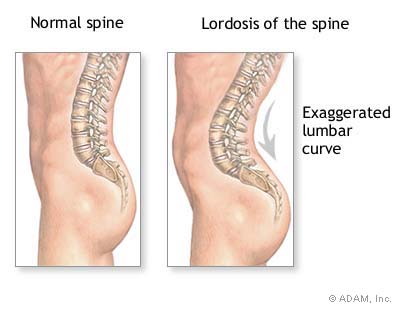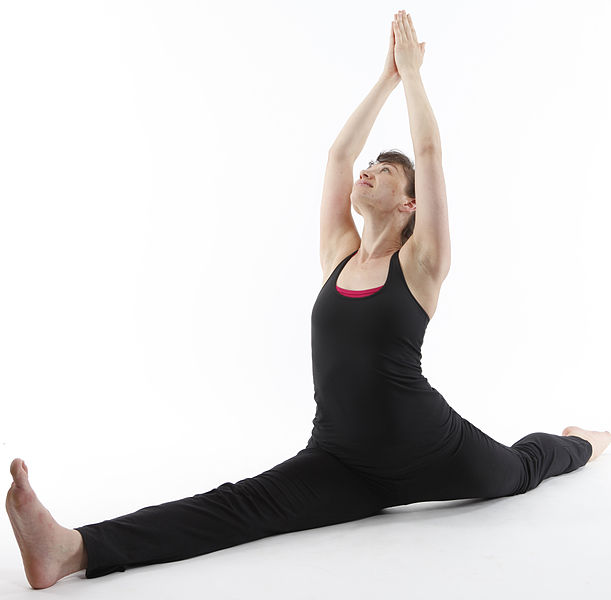Lower Back Pain in Dancers: Know the Causes & How to Manage
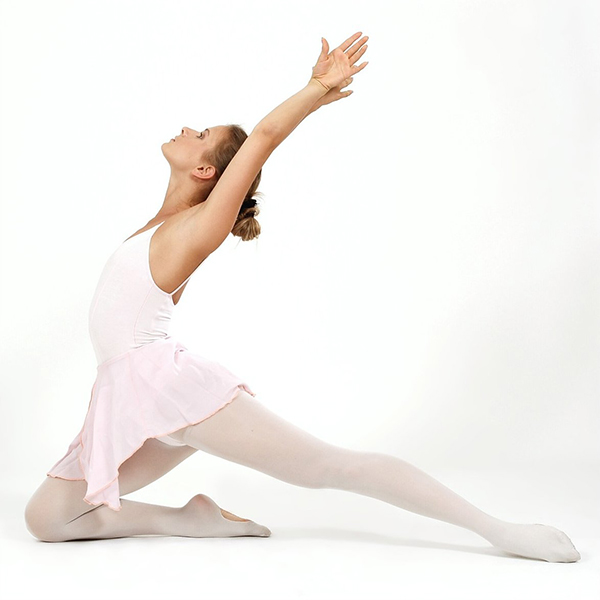 Dance has become a highly participated activity with it’s own unique set of injuries. Consequently, we are seeing more and more dancers in the clinic. Particularly, lower back pain in dancers.
Dance has become a highly participated activity with it’s own unique set of injuries. Consequently, we are seeing more and more dancers in the clinic. Particularly, lower back pain in dancers.
From a physiotherapy perspective it is quite interesting treating a dancer as they usually have a high degree of flexibility and hopefully good strength. However, since dancers have to be able to contort themselves into infinite positions, often at speed there is always a risk of injury.
Additionally, most of the serious dancers are young and growing which can be recipe for injury.
In this article we will focus on low back pain in dancers. There are a few common complaints that we see frequently, hopefully some of which can be avoided.
Lower Back Pain in Dancers: Stress Fracture
This is arguably the most serious lower back issue for dancers. Stress fractures occur in the lumbar spine with repetitive extension (leaning back) movements. This can include jumping or hopping with poor core control and as a result landing with a “sway back” posture.
A stress fracture in the lumbar spine occurs in part of the vertebra known as the pars interarticularis which is put under load during these movements. Often these are referred to in literature as a pars defect (which is a progression of a stress fracture) or spondylolysis.
What is Spondylolysis?
In the picture below you can see a healthy pars interarticularis at the vertebral level of the blue arrow, and an old stress fracture at the level of the red arrow.
The risk factors for a lumbar spine stress fracture are:
- Repetitive extension (arching backwards) activities – as mentioned above arching backwards puts load on the region of the spine that can develop the stress fracture.
- Age – stress fractures in the lumbar spine can occur at any age but are more prevalent in adolescents.
- Sex – boys are roughly 3 times more likely to develop a stress fracture than girls. It is uncertain as to whether this is due to differences in the body through adolescence or differences in activity levels.
Unfortunately a stress fracture can mimic regular muscular low back pain which makes it difficulty to diagnose. The tendency is for you to have pain with arching backwards exercises but can also occur with running, hopping and jumping.
Compared with muscular pain you may notice that it lingers on after finishing the activity and sometimes hurts at night. Generally the pain is localized to the lumbar spine and can be one sided or both sides. However these symptoms are highly varied.
So how do I find out if I have a stress fracture?
As noted above there is a few symptoms that we may look for of we believe you have a stress fracture. If there is any concern of one then you will likely need a scan to check for it. X-rays show stress fracture but only very late in the natural course of the injury.
Consequently your physiotherapist or GP or Sports Dr may refer you for a CT scan which shows bones in far greater detail, or an MRI which can show bony bruising. Often this bony bruising is a response to increased load on a bone. Bone scans are used less frequently these days since MRI’s have become so detailed
Can you heal a stress fracture?
Caught early a stress fracture has a good chance of healing with simply rest. If you leave it too long and continue activity it can progress to a full pars defect (ie fracture all the way through). If this occurs on both sides of the spine it can create an instability called a spondylolisthesis.
This sounds very scary but even most spondylolisthesis’s are manageable with core strengthening and activity or technique modification. In very rare occasions they may need to be stabilized surgically. However in an ideal world we would catch the fracture early and let it adequately heal.
If you do have a stress fracture it is likely you’ll need some time away from dance (or whatever other activity that may be causing it). We usually decide how long in consultation with a Sports Dr or Sports Physician to achieve the best outcome.
In the mean time you can work on any flexibility issues and strength deficits. The problems that we tend to see frequently are tight hip flexors and weak core and gluteal muscles.
Lower Back Pain in Dancers: Lordosis
So it’s not a stress fracture, why does my back hurt?
Congratulations! You can go ahead with some more aggressive physiotherapy. As stated earlier, dancers are quite flexible but we often find that they aren’t evenly flexible. There are 2 patterns that we commonly see in the clinic. One is where the dancer stands in an exaggerated sway back position, or lordosis.
If you tend to do this you will often be quite tight through the hip flexors. Stretching the hip flexors in the short term will allow you to adopt a better standing and moving posture.
In the long term you need to work on core control. This means using your core muscles to stabilise your back rather than your hip flexors which will stop them getting tight in the long run.
In turn this keeps your low back in a better position. If you aren’t sure where to start with these then maybe try one of these 3 articles:
The last thing you need to do is break the habit of standing with a sway back. Even with the strongest core and nice loose hip flexors if you don’t actively retrain your standing posture the back pain may return.
Lower Back Pain in Dancers: Equal Splits?
Yes, that’s right. Are your splits equal?
The second pattern we see in uneven flexibility is splits positions. Often dancers will favour their good splits side for performances. Consequently the good leg forward gets looser and looser whilst the more difficult leg forward stays the same.
When in a straight splits position you rely on loose hamstrings in the front leg and loose hip flexors in the back leg. As a result practising the splits on one side repeatedly can cause the hamstring and hip flexors on the opposite sides to be relatively less flexible.
This muscular tightness imbalance around the pelvis can lead to low back issues.
The solution for this one is fairly simple. Keep practising your bad splits to make sure each side stays fairly even.
Conclusion
Most low back pain is very treatable for dancers. However to get the best result it is worthwhile having a thorough assessment with a physiotherapist.
This should give you a specific plan to work on the flexibility of certain muscles groups and strength of other muscle groups. Don’t forget to look at technique and posture.
A strong, flexible person can still get their body into painful positions if they have a poor postural awareness or potentially dangerous movement patterns.
References:
https://europepmc.org/abstract/med/132328
https://online.boneandjoint.org.uk/doi/abs/10.1302/0301-620X.77B4.7615609
https://www.sciencedirect.com/science/article/pii/S0031395516342894
